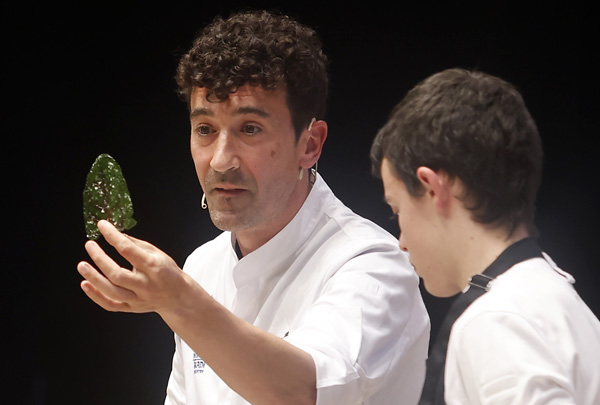News
Cuisine based on the hyperseasonality of nature
.jpg)
Chef Matthew Lightner reconnected with his vocation in the valleys of Oregon, combining creativity with biology and climate activism
Despite his success in New York, Matthew Lightner realised that although he was serving up territorial cuisine, he did not feel that he was actually in any territory at all. And so he went back to his roots to cook at the mercy of the seasons, and thus retrieve the gastronomic path he was seeking. “I went back to Oregon 25 years ago after travelling through many parts of the world, egged on by my sister, who is also a chef. And I did this because of climate activism, but most of all due to the need to reconnect with what I really want in my profession, and in my life", he told the congress.
And, from the point of view of sustainability, Okta arose as a small restaurant/management project seeking a balance between cookery and nature. In the middle of a valley, this is a region with a number of different ecosystems - waterfalls, mountains and woods, deserts and coastline, and even some volcanic activity and a glacier that has now begun to melt, which creates numerous microclimates and extensive resources.
The beginnings, however, were not easy, because they thought it was possible to create a ‘Garden of Eden’, growing what they believed this land could give them. A bitter winter followed by a sweltering summer were the best arguments for a change of direction. “We had to rethink things and start again. If we were to survive, we had to accept our surroundings, adapt to nature, and focus on the essential basic produce available in a flourishing region", he confesses.
Recipes based on creativity and biology.
During this process they realised they had to create micro-season and even hyper-season cuisine, featuring instant-cook recipes to get the best out of the territory, dynamic and creative. “We had to become nature freaks to find out everything that was biologically available”. In this regard, the chef described the creative process at Okta, which is based on the emotional idea of a recipe, although this is followed up by the organoleptic concept of the ingredients. “This combination makes up the narrative for each creation, which includes the stories of which it is composed, and also our intentions in the composition of the different flavours and textures", he explained.
By way of an example, he showcooked a charming recipe known as Coyote's Eyes, because this is "local mythology's animal creation exponent, able to change its eyes into nootka flowers, a brightly-coloured flavourful local species". He used the amazake technique to make different textures from the petals of this rose, alongside a piece of pumpkin with red fruit dressing and caviar.


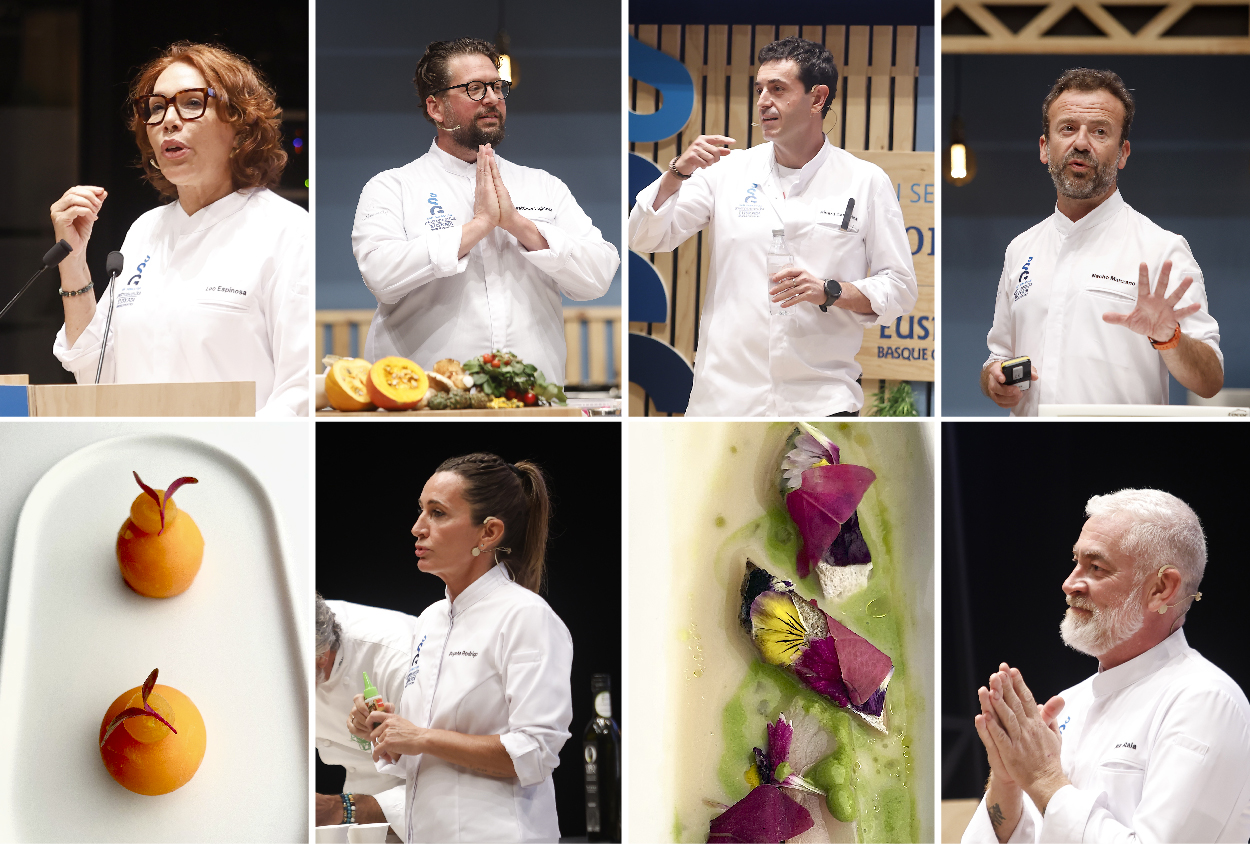
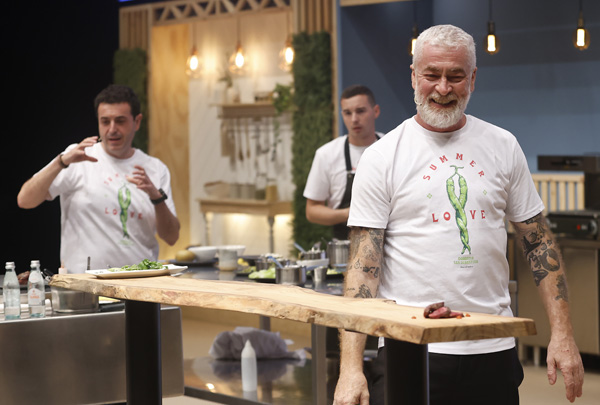
.jpg)
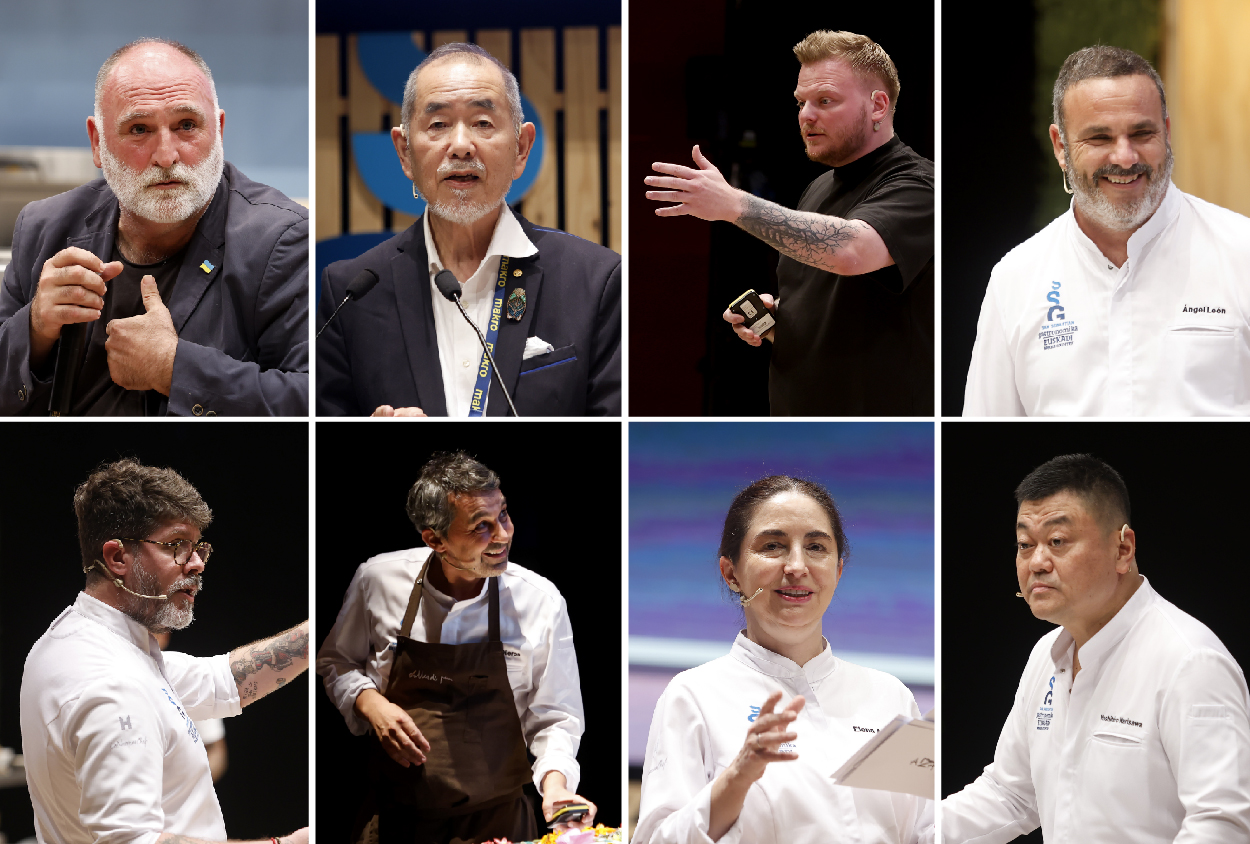
.jpg)
.jpg)
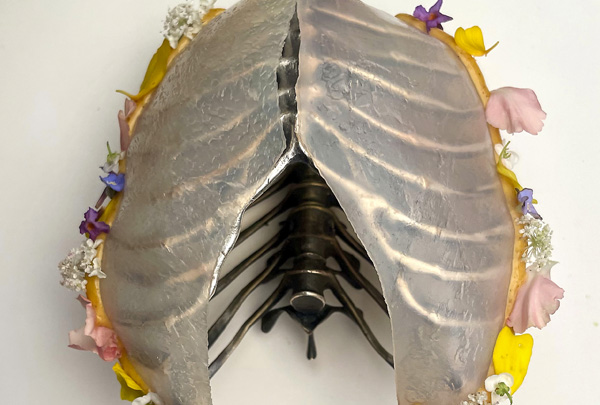
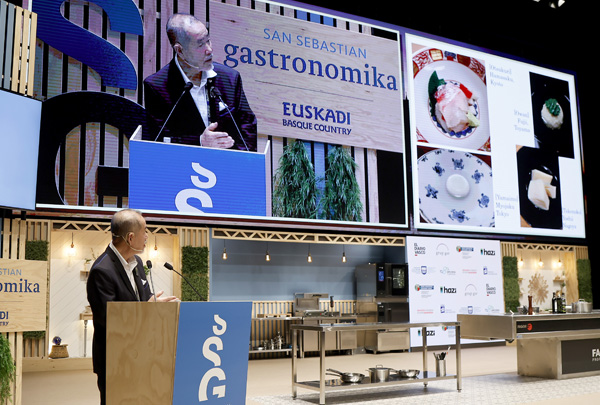
.jpg)
